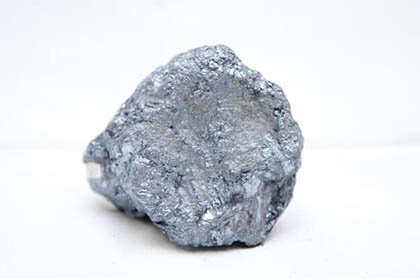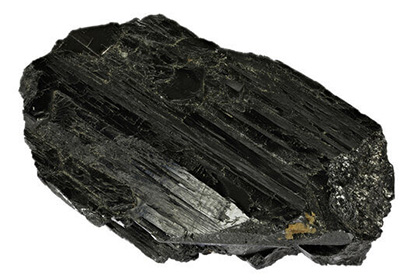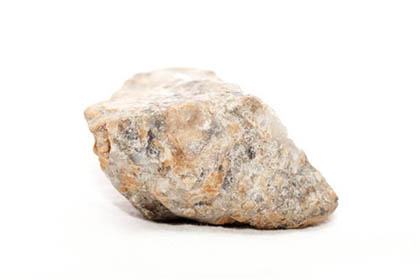How to Site a Mineral Processing Plant?
 Laura
Laura
 Apr 03, 2022
Apr 03, 2022
 1395
1395
If you want to know more details about equipment, solutions, etc, please click the button below for free consultation, or leave your requirements!
(Pakistan 1500tpd copper processing plant built by xinhai mining)
Before we start the mineral processing operation, an indispensable work content is to select the site for the mineral processing plant, so how do we choose the site? In this article, we will mainly introduce 10 factors that need to be considered for the selection of the plant site, mainly including mine location, topography conditions, geological conditions, water supply conditions, power supply conditions, traffic conditions, tailings dam location, living area location, land saving rules, environment protect rules.
Let's start!
01 Mine Location
BackThe plant site should be as close as possible to the mine in general. However, for polymetallic ore dressing plants that deal with rich ore or high concentrate ore rate, when the user is very close to the mine, or limited to water, electricity, fuel supply and other reasons, it can also be close to the user, or built in the user's factory area, so that the beneficiation can be achieved.
The concentrate silo of the factory is integrated with the storage silo of the user to save investment. For some precious metal plants, in order to avoid the loss of the concentrate during bulk transportation, or the concentrate of some plants must be dried and its users. When there is waste heat available, the plant can also be placed close to the user, and the selected concentrate slurry can even be pumped directly to the smelter for dehydration treatment. When the mine resources are scattered and the plant needs to be built centrally, It is advisable to reasonably choose the site between the mine and the user, in order to achieve the lowest comprehensive freight cost for both the raw ore and the concentrate.
When setting up plants close to mines, plants should avoid ore bodies, magnetic anomalies, slump boundaries and blasting danger zones.
02 Topography Conditions
BackThe topography of the site should be as suitable as possible for the needs of the process flow of the plant. The topographical conditions of the plant must meet the site area requirements, and it is best to enable the plant pulp to flow by itself, followed by semi-artesian flow, and finally by pressure transportation. Generally, the suitable natural slope of the terrain for arranging the crushing plant is about 25°, and the main plant is about 15°. Without such ideal topographical conditions, even when the plant is to be built on flat ground, taking into account the needs of plant drainage, the plant site should still have a natural slope of 4 to 5%. The terrain slope required by the slurry semi-artesian plant is between the above two.
03 Geological Conditions
BackThe site should have good engineering geological conditions. The site of the plant should be avoided to be built on faults, landslides and under the flood level, and should avoid unfavorable areas such as karst caves, silt, humus, pits, ancient wells or cultural relics protection areas. The soil bearing capacity of the plant area is generally required to be greater than 100kN/㎡, and the requirements for heavy construction areas such as the crushing plant, the main plant for mineral processing, and the mine warehouse are not less than 200kN/㎡. It is not advisable to build a plant in an earthquake area of magnitude 9 or above or a collapsible loess layer area of magnitude 3 or above. The groundwater level of the plant site should not be too high, in order to reduce the complexity of the foundation project and the cost of capital construction.
04 Water Supply Conditions
BackPlants consume a lot of water, and some operations also require water quality. Therefore, under the premise of ensuring that the water quality and quantity meet the needs of production and living, the plant should be located as close to the water source as possible to avoid a large amount of water from high places; special attention should be paid not to compete with agriculture for water.
05 Power Supply Conditions
BackThe plant should not only have reliable power supply, but also shorten the transmission line as much as possible. Where there is a condition to use the power grid to supply power, it should be used as much as possible, so as to avoid increasing investment and operation and management costs by building a power plant by itself.
06 Traffic Conditions
BackThere must be suitable transportation conditions. The raw ore entering the plant, various consumable materials and the output concentrate should all have convenient transportation conditions. Railway transportation should be easy to connect with the national trunk line, and the construction of special lines should be reduced; road transportation should be easy to connect with the national highway trunk line.
07 Tailings Dam Location
BackThe volume of the tailings pond should be adapted to the service life of the plant. A valley or depression with a concave shape should be selected to minimize earthwork and maximize storage capacity. The location of the tailings pond should be as close to the plant as possible to save the cost of tailings transportation. It should also prevent the harm or pollution of tailings to the environment, rivers, agricultural, animal husbandry and fishery production and residential areas.
08 Living Area Location
BackThe location of the living area of the plant should be selected based on the principles of favorable production, convenient living and full cooperation. The residential area should not be too far from the factory area, and the traffic connection should be convenient.
09 Save Land Rules
BackTo implement the principle of saving land. Whether building a factory on a hillside or on a flat land, under the premise of meeting production needs, it is necessary to occupy as little land as possible, especially to occupy less or no good land. For tailings ponds, appropriate consideration shall be given to reclamation when conditions permit.
10 Environmental Protection Rules
BackPay attention to environmental protection. The site of the plant should be selected as far as possible in the downwind direction of towns or residential areas to minimize the pollution of dust, flue gas and other emissions to the environment.
11Summary
Back
In this article, we mainly introduce 10 major factors that need to be considered when selecting the location of the plant. In the actual construction of the plant, some other uncommon problems may be encountered, so we also need to analyze them according to specific problems. You can learn more information about mining from our home page.
 +86 18716000713
+86 18716000713 xlyin@xinhaimining.net
xlyin@xinhaimining.net




 Message
Message Chat Now
Chat Now


















